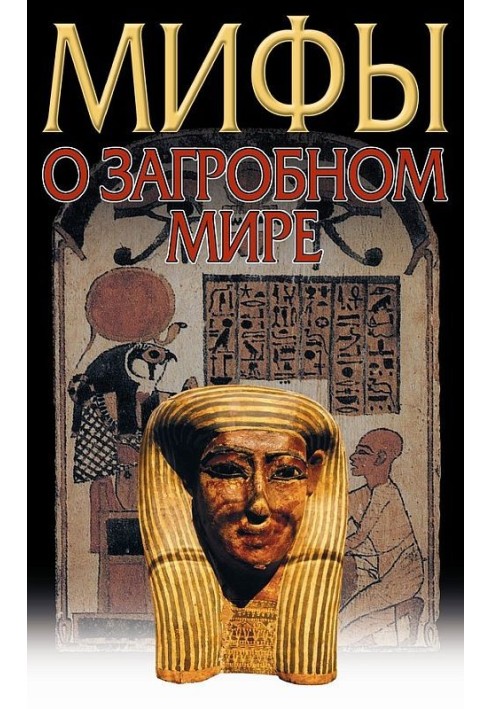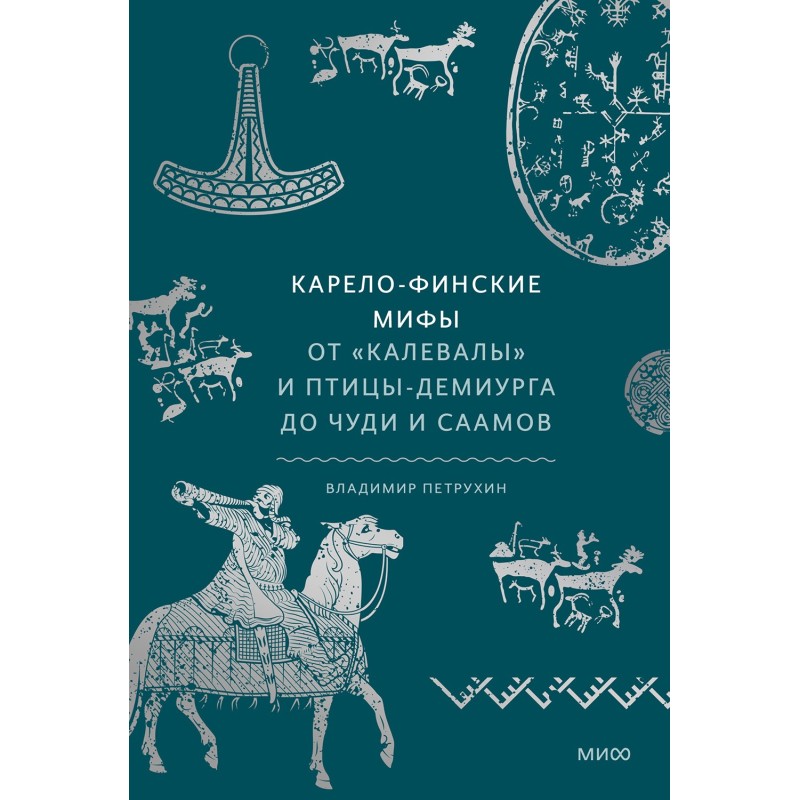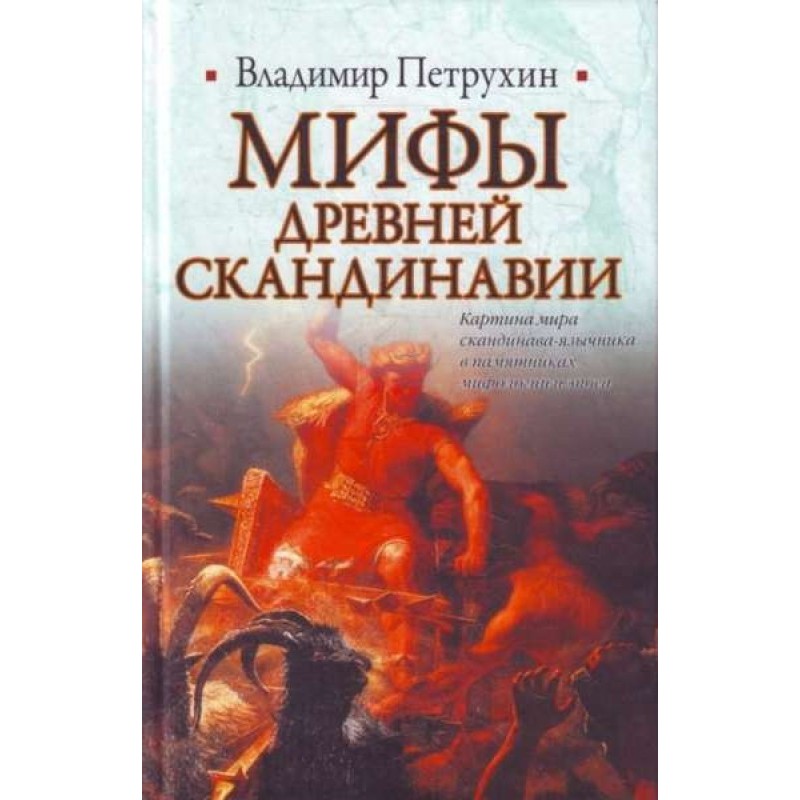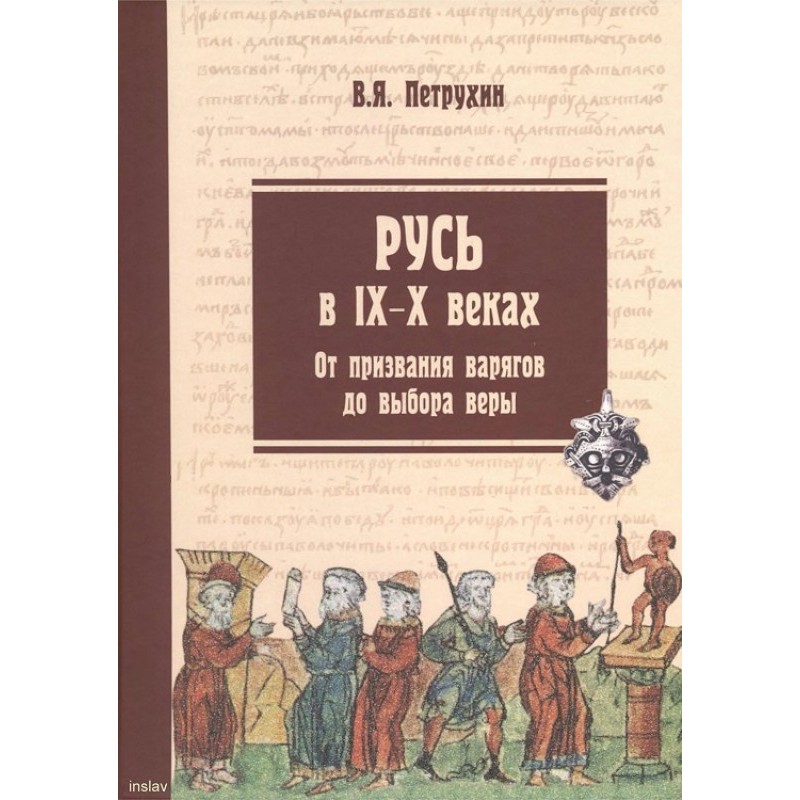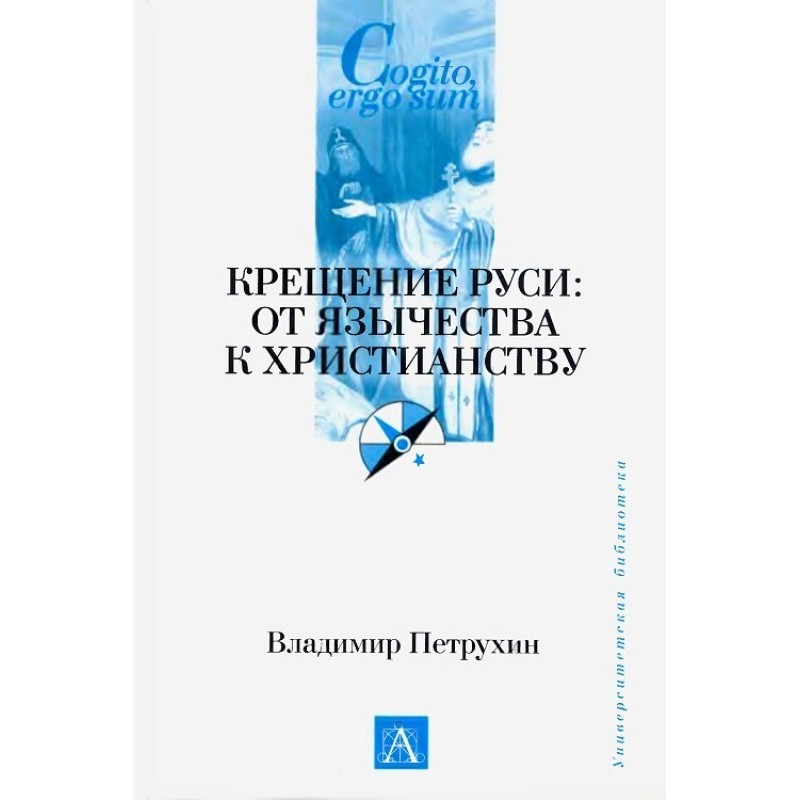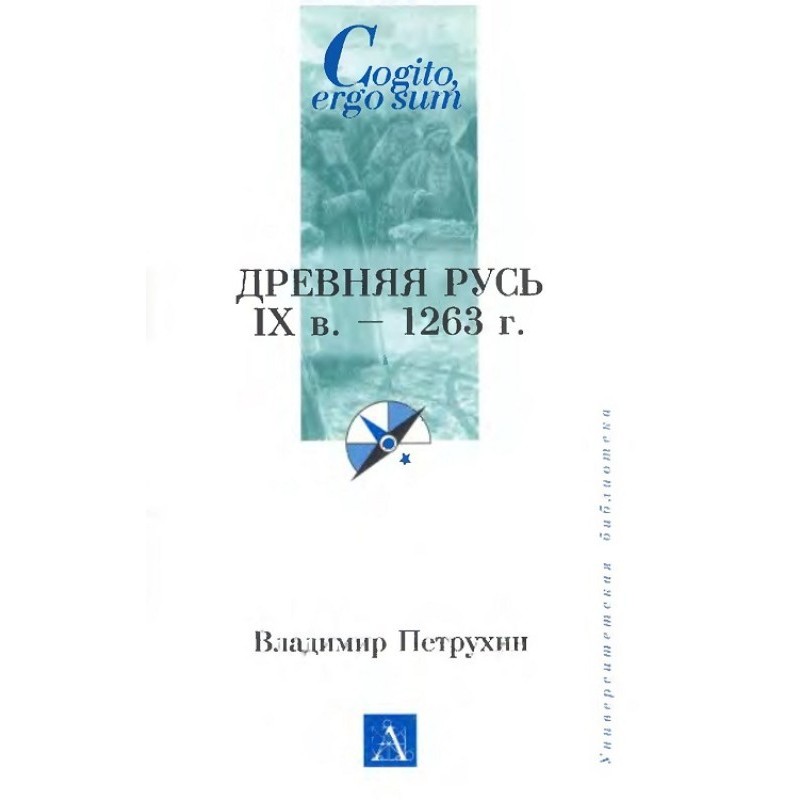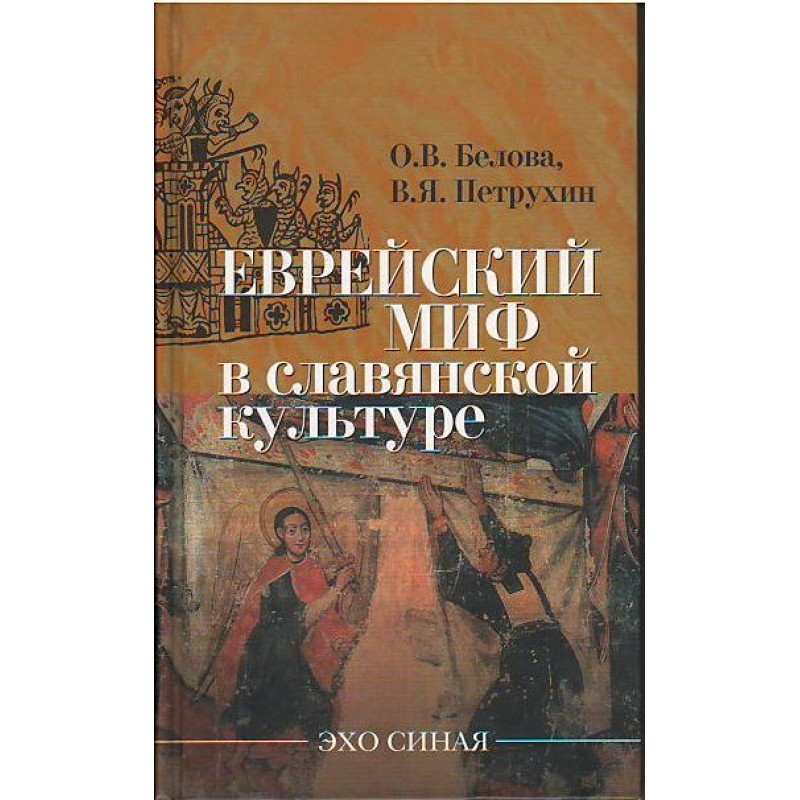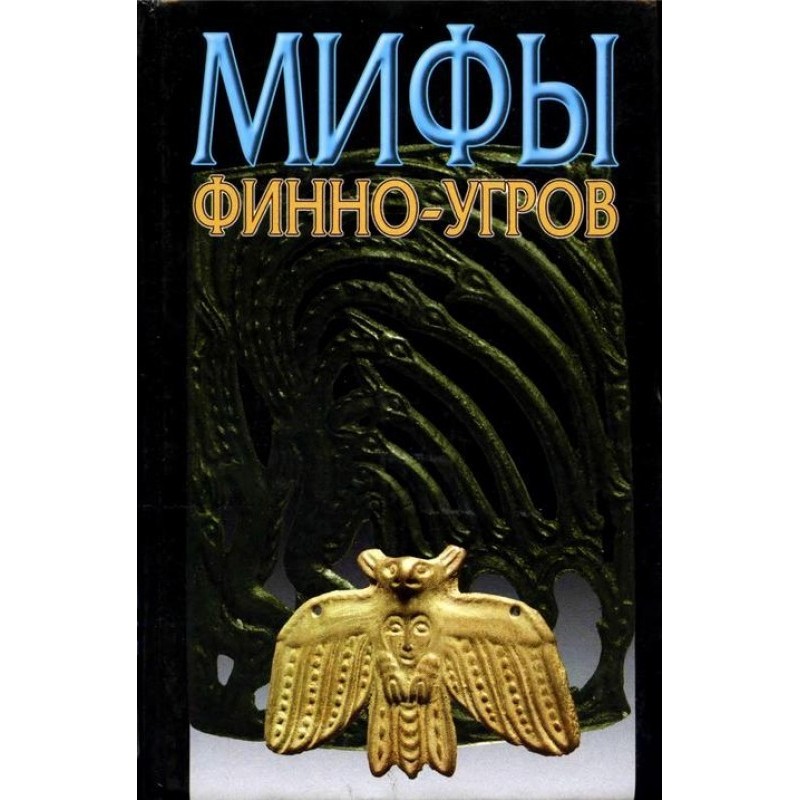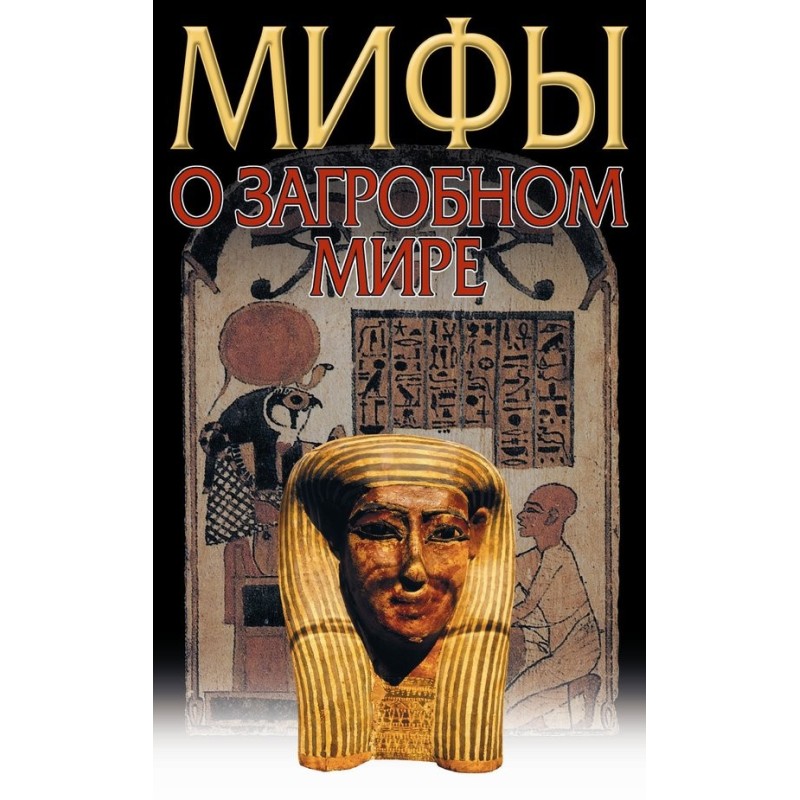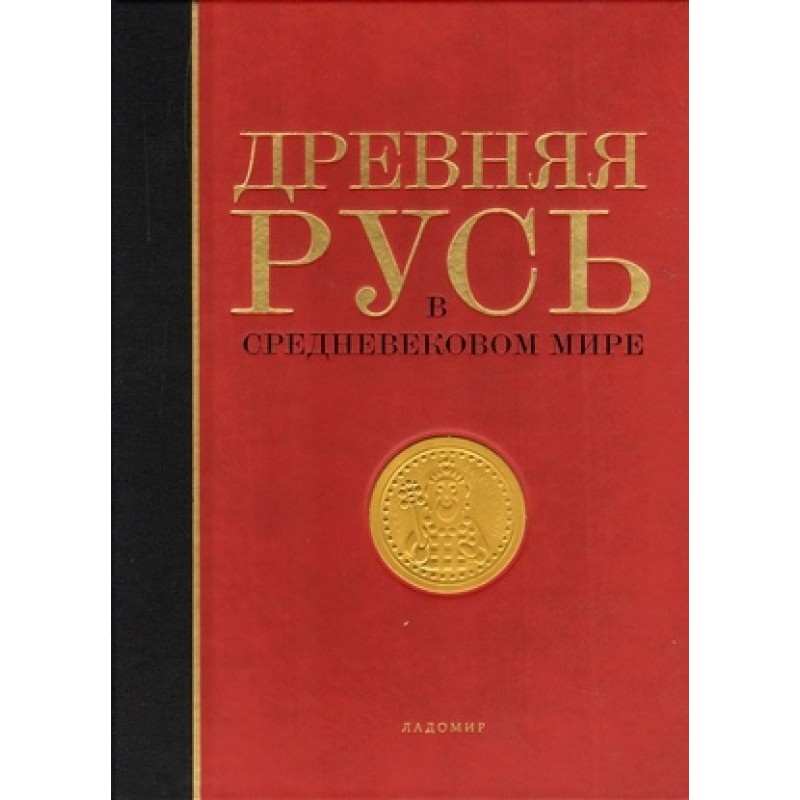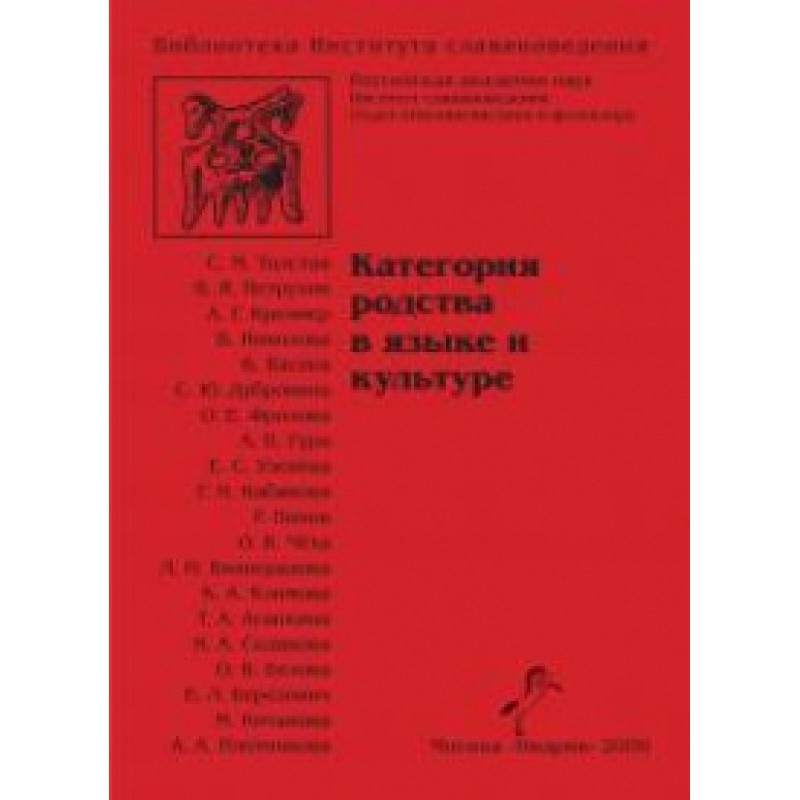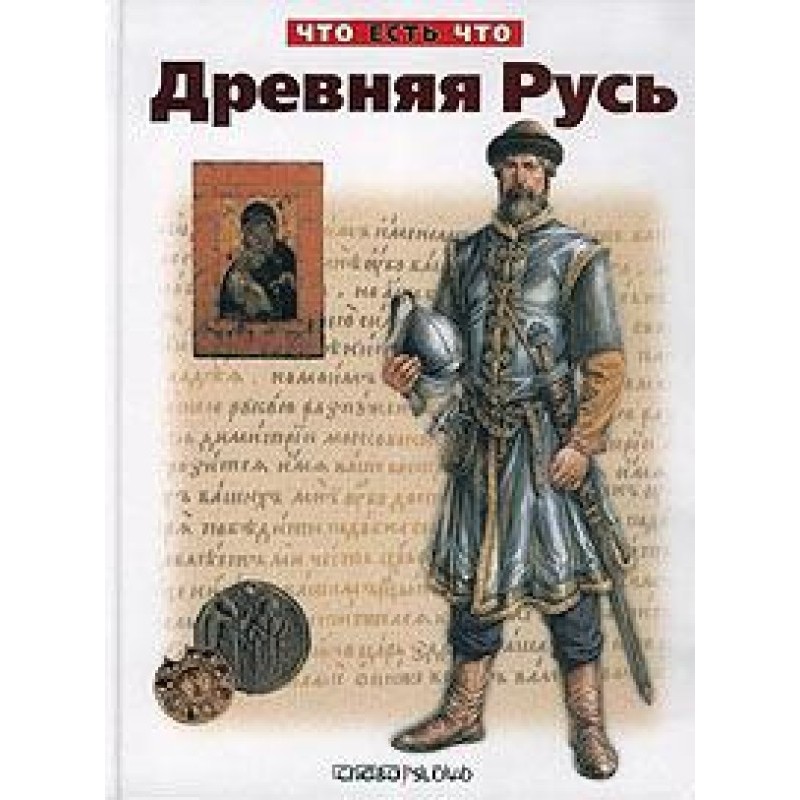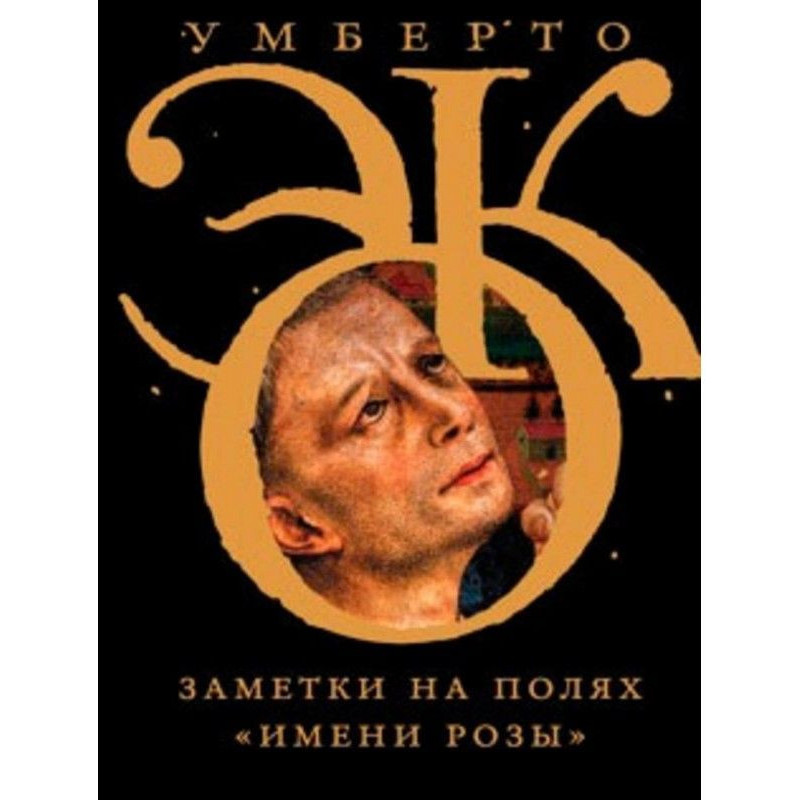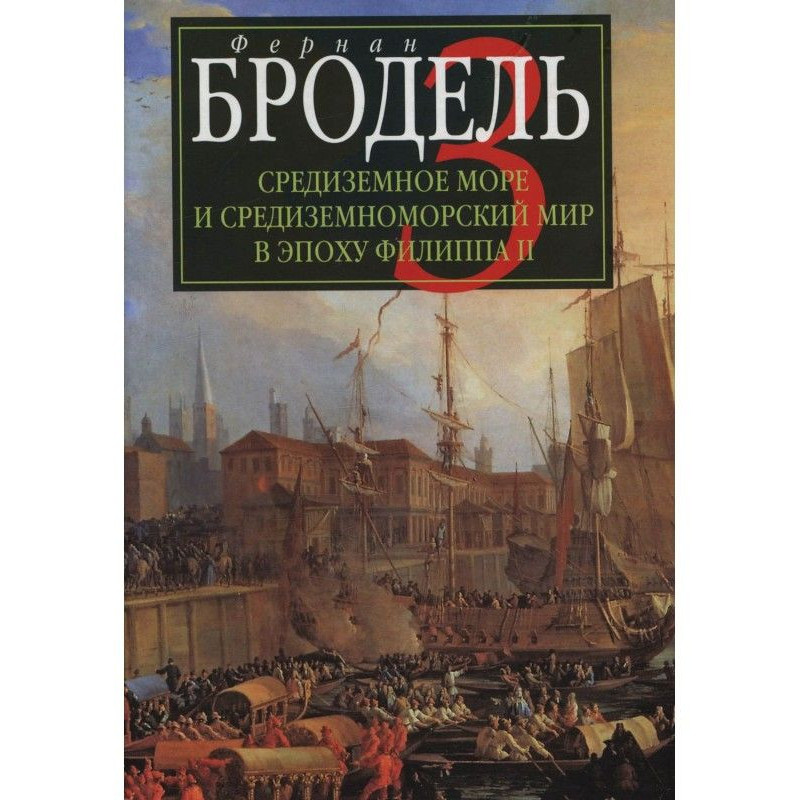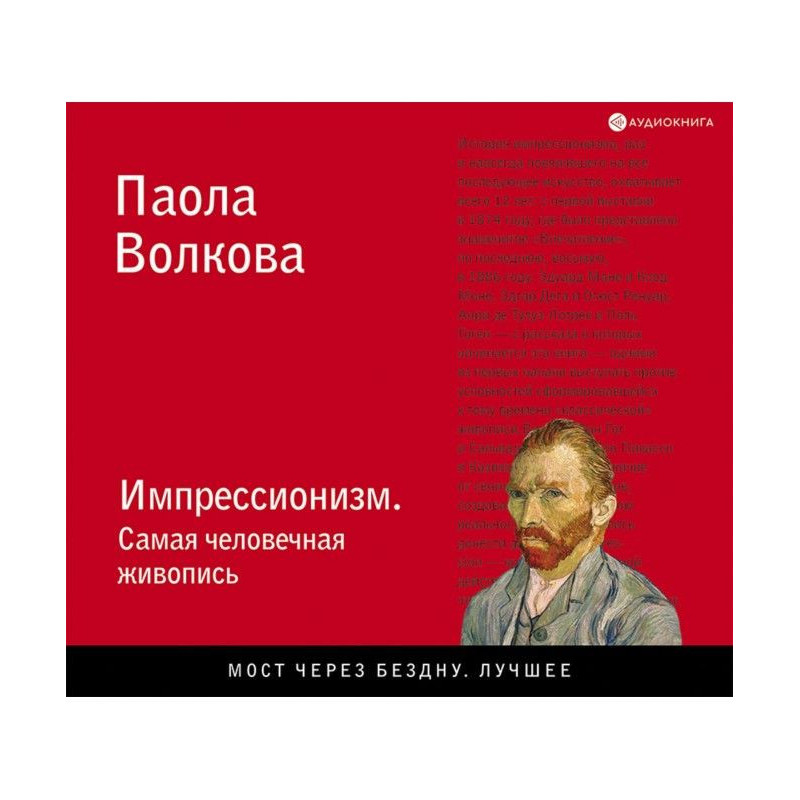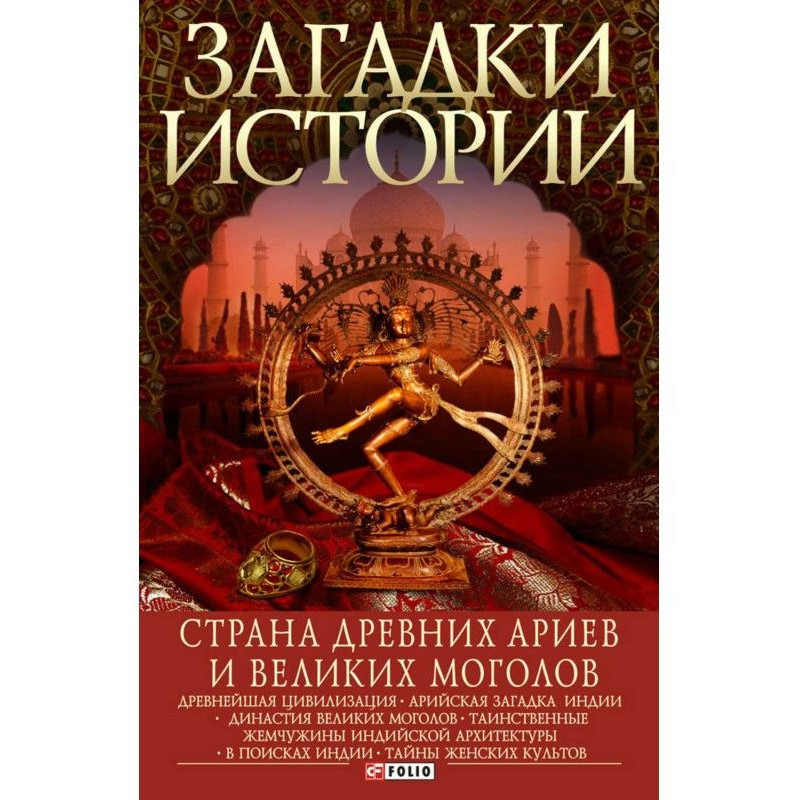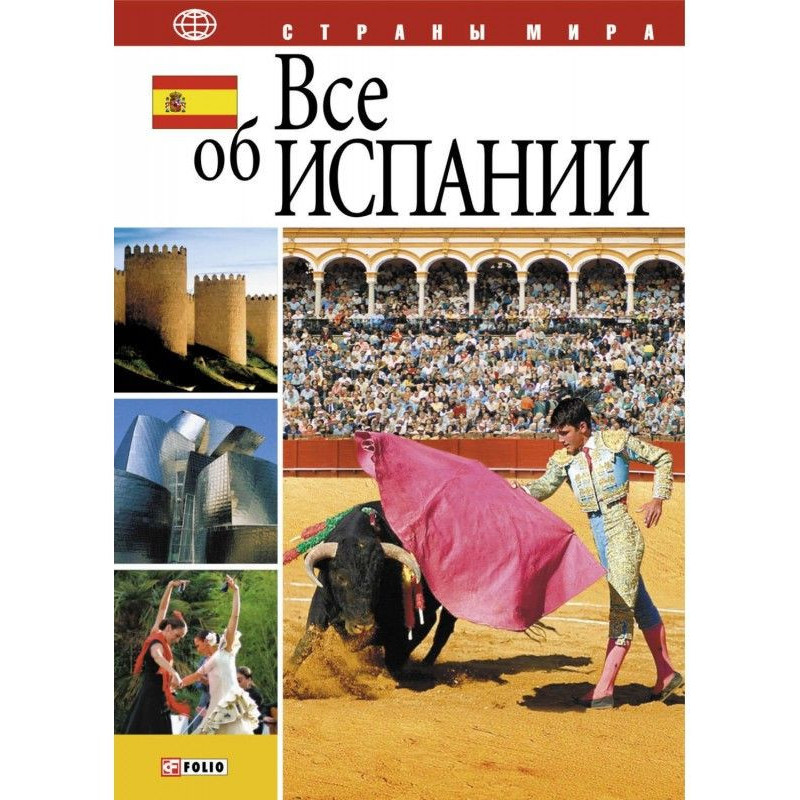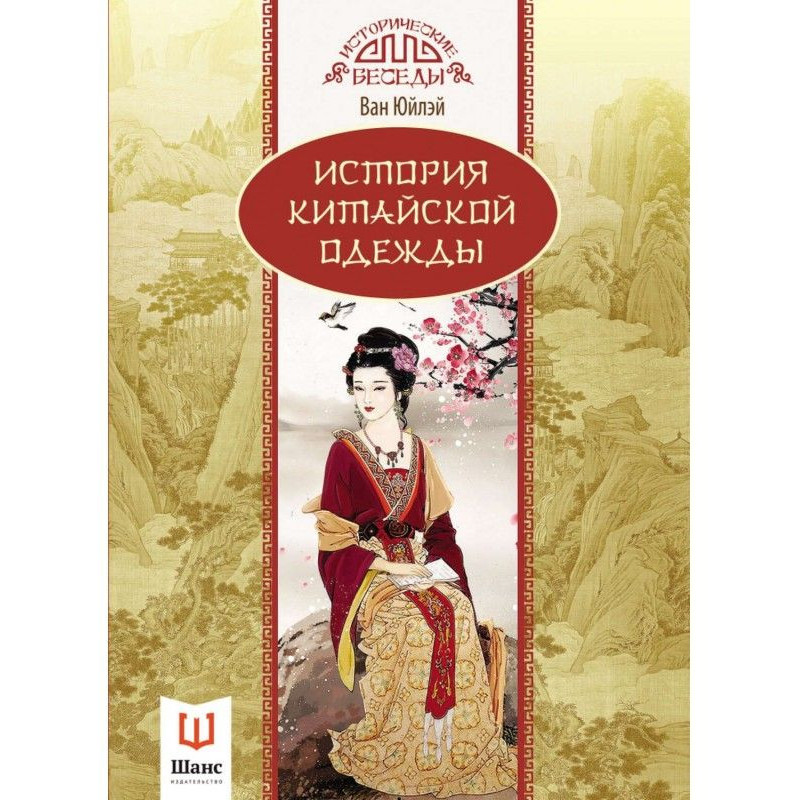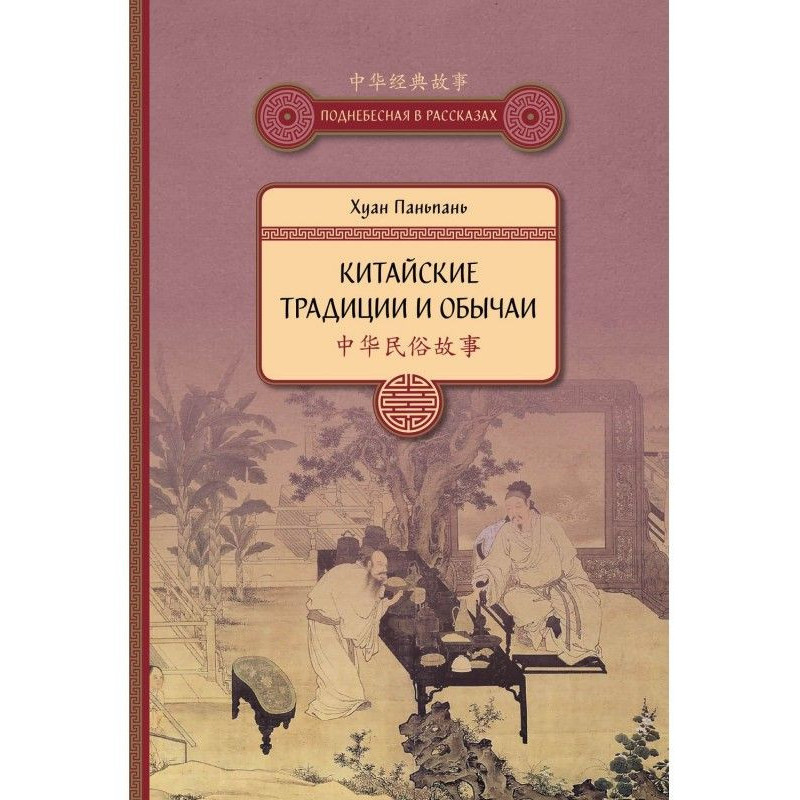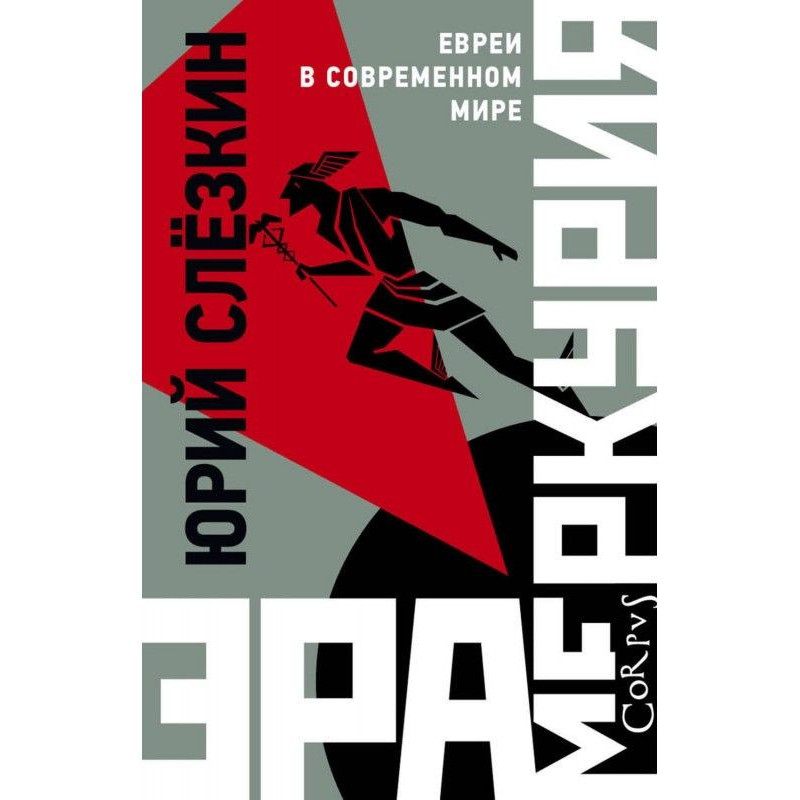Afterworld. Myths about the afterlife
 Instant download
Instant download
after payment (24/7)
 Wide range of formats
Wide range of formats
(for all gadgets)
 Full book
Full book
(including for Apple and Android)
“Myths about the afterlife” is a popular retelling of myths about the afterlife and the afterlife and the author’s commentary on them. The book includes retellings of heroic European, and in particular Scandinavian, tales about the heroes of Valhalla and the Champs Elysees, ancient myths and later Christian and Buddhist “visions” of heaven and hell, primitive myths of Australians and Papuans about the villages of the dead. The central plot of myths about the afterlife is the hero’s journey to the next world (which later formed the basis of Dante’s “Divine Comedy”). There are also stories about vampires - the “living” dead who remain in this world (including the famous Count Dracula). Art forms such as theater and portraiture also turn out to be associated with the cult of the dead. The book is intended for everyone who interested in history myths and fairy tales.
Among the peoples of the outskirts of the ecumene, who preserved the way of life of the Stone Age, myths about the afterlife came down, as a rule, to the idea that in the next world the dead continue to live the same way as on earth, only their food is poison to the living; the living were spirits for the inhabitants of another world, etc. The Polynesians and other inhabitants of Oceania, familiar with agriculture, the cult of leaders, who had a developed mythological cosmology and remembered migrations from one island to another, had myths about the afterlife and its place in the mythological picture the world were more complex.
The Hawaiians distinguished three types of spirits. The first are homeless: during their lifetime they did not have many friends and wealth. Therefore, their afterlife refuge is deserted places and forests; they are forced to feed on insects. The second are the spirits of ancestors, patrons of the family. They live near the house, somewhere in the west (where the sun sets). Finally, the third - Milu, those who passed all the tests on the way to Milu, the afterlife. Ancestor spirits helped the living in all matters, they could send clouds with fertile rain. But most of all, ancestors were revered not in Oceania, but in Africa.
The Scandinavian pantheon in the form in which we know it from the Old Icelandic medieval monuments has one striking difference from other pantheons of the Indo-Europeans. The place of the highest heavenly god in him is occupied by Odin, who, if he has anything to do with the sky, is not to the daytime and bright, but to the gloomy and threatening one, because he is the god of the storm, and not the fertilizing thunderstorm. Folk beliefs about the “wild hunt” are associated with him: he leads the hordes of the dead that sweep across the sky in stormy weather. New Year's Eve. He is endowed with the shamanic gift of penetrating the underworld of Hel and summoning the dead. He himself reigns over the dead who died in battle - the heroes, the inhabitants of his heavenly palace of Valhalla, “the hall of the fallen.” It is not without reason that the Roman historian Tacitus compares him with Mercury, the Greek Hermes, penetrating into all spheres of the universe.
Concern for justice was inherent in all societies, starting with the most primitive. The primitive system was based on a huge number of customs and prohibitions, and people expected that violators of common life should be punished during their lifetime or, at least, in the next world. The afterlife court was intended to resolve conflicts that were not resolved in the world of the living. The deceased was greeted in the next world by the guards of the underworld, and if he did not pass the tests, he turned into an evil spirit, who took out his anger on the living: accordingly, the judgment of the dead concerned not only the dead, but also the living.
The Greeks were by no means the first to know the idea of rebirth through death - a descent into the underworld. In the Middle East, in Mesopotamia, where agricultural civilizations and writing arose, cuneiform texts dating from the 4th to 2nd millennia BC were discovered. e., which told about the descent into the underworld of the goddess Inanna.
In Iran, a country located between the world of Middle Eastern civilizations and the barbaric world of northern Eurasia, a dualistic mythology was created in which the struggle between good and evil was intensified to the limit . It was brought to us by the ancient scripture “Avesta”. In the Avesta, the only creator of earth, sky and man is Ahuramazda, who creates peace through or through the effort of thought. He created all existence, clothed with flesh the spiritual forms that preceded the material, destined all good thoughts, words and deeds.
According to the Primary Russian Chronicle - the Tale of Bygone Years - the baptism of Rus', thanks to the impression made on the baptist In Rus', Prince Vladimir's story about the coming Last Judgment began with the rejection of the folklore image of the world. Vladimir received embassies from representatives of different faiths and was initially impressed by the stories of Muslim Bulgarians about a happy afterlife with the Gurias of the Islamic paradise. But abstaining from the joys of life, primarily from feasts with the retinue, at which all state affairs were discussed, was unthinkable for the Russian prince. “Rus' has joy and drink,” he told the Muslim ambassadors, prohibited the use of wine.
Belief in salvation from death and hellish torment in the biblical tradition was linked to the coming and judgment of the Savior - the Messiah. Jesus promised an imminent Second Coming (“Watch, behold, I am coming quickly!”) and the final—Last Judgment. The descent into hell and the salvation of the righteous even before the Second Coming gave hope that not only Enoch and Elijah could be worthy of the kingdom of heaven. In addition to the expectation of the Last Judgment at the end of the world, ideas about an afterlife court began to spread, at which the fate of each deceased was decided. “Little eschatology” gave hope that the sinner would be able to be justified during the afterlife judgment or receive relief from his fate in the next world thanks to prayers - the intercession of the righteous and the Church.
The genre of visions of the next world is ubiquitous widespread both in folklore (there has already been talk about the “divine comedy” of the Australian aborigines), especially in numerous stories about the travels of shamans to another world, and in books starting with the Odyssey. The Book of Enoch served as the basis for the medieval tradition of visions. This tradition was crowned by the “Divine Comedy” of the great Florentine Dante Alighieri, created at the beginning of the 14th century.
Data sheet
- Name of the Author
- Владимир Петрухин Яковлевич
- Language
- Ukrainian
- Release date
- 2010
Reviews
Вражаюче дослідження потойбічного світу!
Книга "Загробний світ. Міфи про потойбічний світ" є справжнім шедевром для всіх, хто цікавиться міфологією та культурними уявленнями про життя після смерті. Автор вдало зібрав і переказав різноманітні міфи з різних культур, від скандинавських до австралійських, що дозволяє читачеві поринути в багатий світ уявлень про потойбіччя. Особливо вражає, як автор коментує ці міфи, надаючи їм новий сенс і контекст, що робить їх ще більш захопливими. Я дізнався багато нового про різні культури та їхні уявлення про смерть і потойбіччя, і це стало для мене справжнім відкриттям. Книга написана зрозумілою мовою, що робить її доступною для широкого кола читачів. Рекомендую всім, хто хоче заглибитися в цю цікаву тему!

